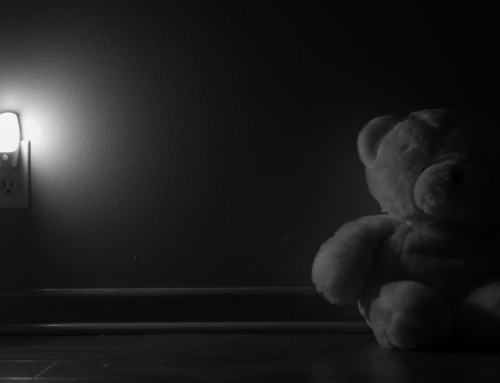Music has been such a gentle and patient friend for decades now – one of the few spaces where my mind, body, and spirit are fully integrated. For a few hours, at a concert or sitting at the piano, the music and my aliveness overlap and connect me to myself and others – fully present and aware. (I’ve hugged strangers and heard whole life stories of people I’ve never met at concerts, and it’s been life-giving every time.)
Even the language used to describe the artist’s intention for a piece of music also accurately describe the human experience – dynamics, harmony, lines, spaces, tempo, resolution. And dissonance.
dis•so•nance: lack of harmony among musical notes. Consonance and dissonance are subjective musical terms used to describe the relationship between intervals.

Dissonant chords consist of clashing tones – a minor second (C and C#) or major sevenths. In music, dissonance has an eerie quality; there’s an unsettling tension. It’s complex, chaotic, and unpredictable. It’s raw and unstable, haunting and rich. I love the deep push/pull of dissonant music when I’m grieving a loss or trying to shift my perspective. It leaves me feeling malleable, willing to lean into my internal conflict and check my premise.
Unlike dissonance, consonant notes “sound good” together – 5th intervals (C and G) for example. Creating a sense of stability, consonance is traditionally perceived as “pleasant and agreeable” in western culture. It’s harmonious and comforting.
cog•ni•tive dis•so•nance: the state of having inconsistent thoughts, beliefs, or attitudes, especially as relating to behavioral decisions and attitude change; the uncomfortable feeling that arises when your belief system runs counter to your behaviors and/or new information.
I always recognize it by the low-grade discomfort that settles in the pit of my stomach when my “right thing to do” differs from the thing I actually do. While not all the way to guilt or shame on the feeling-like-a-piece-of-shit spectrum, cognitive dissonance can be temporarily avoided by justifying, rationalizing, compromising, and appeasing. Eventually though, my desire for reconciliation and equilibrium force me to look at the inconsistencies.
“Contradictions do not exist. Whenever you think you are facing a contradiction, check your premises.”
– Ayn Rand
There is always a space between one belief and the next that leaves me in a state of cognitive dissonance, wrestling with the surface-level appearance of a contradiction. I once believed one way about certain political policies, and now I believe something else. The migration from one belief to the next didn’t happen without acquiring and wrestling with new information. It was not comfortable or easy or instantaneous. (It’s tempting to hold onto a belief system that no longer serves me, because “this is how it’s always been.” And ‘how it’s always been’ can seem easier.) It’s helpful when I’m wrestling with a new idea, motivating me to either shore up my existing belief or let it evolve by evaluating new data and measuring it against what I already know (or think I know).
Wanting to avoid the discomfort of cognitive dissonance reminds me to grab poop bags as I head out the door to walk my dog. And it gently taps me on the shoulder when the self-care advice I give to a friend differs from the actions I take for myself.
Like all emotions, the tension is a beacon pointing me toward my values and challenging my beliefs – or a caution sign along the way, letting me know I might be wandering a bit too far off my path. It’s a necessary tension, but not a place I want to land indefinitely.
I appreciate and value dissonance, but I wouldn’t want it forever – cognitively or musically. It’s a practice to resolve the chords and find an internal equilibrium. The sense of longing created by the unknown is beautiful.
And so is the stability of harmony.
side note: I created a playlist of my favorite dissonant music, but check in with yourself first – it can mess with your head space. The songs are in no particular order, but I placed a few of the most obvious examples at the top. (Some of the pieces resolve, and some of them don’t – the last song does, just barely.)





[…] get riled up by politics. Well, there’s no hope for that…..(maybe I shouldn’t be listening to Amy’s Dissonance […]